
String Art Generator
String Art Generator by Yiran is a grasshopper plugin which generates a string art sequence based on an input image. You can

NON-STANDARD PATTERNS FOR GRIDSHELL STRUCTURES: FABRICATION AND STRUCTURAL OPTIMIZATION

The design of gridshells is subject to strong mechanical and fabrication constraints, which remain largely unexplored for non-regular patterns. The main technological constraints for glazed gridshells are related to the planarity of facets and the existence of torsion-free offsets.
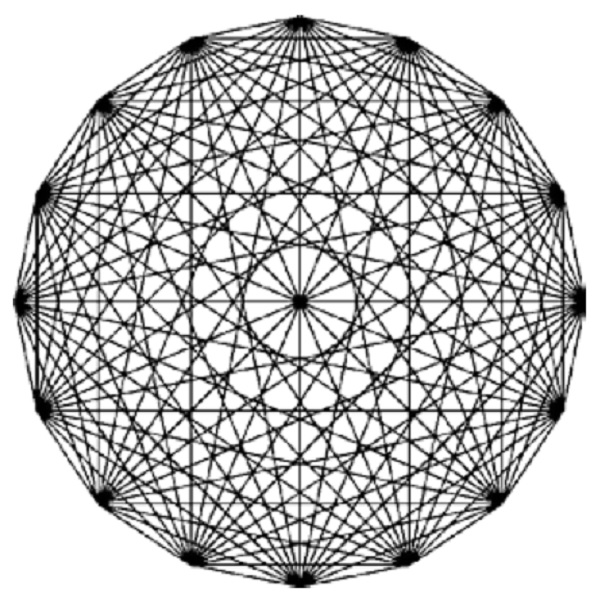
The authors propose indicators to evaluate a priori the quality of design space of gridshells covered with different patterns for these fabrication constraints.
By comparing these metrics, the kagome grid pattern is identified as a pattern with a complexity similar to the ubiquitous quadrilateral pattern.
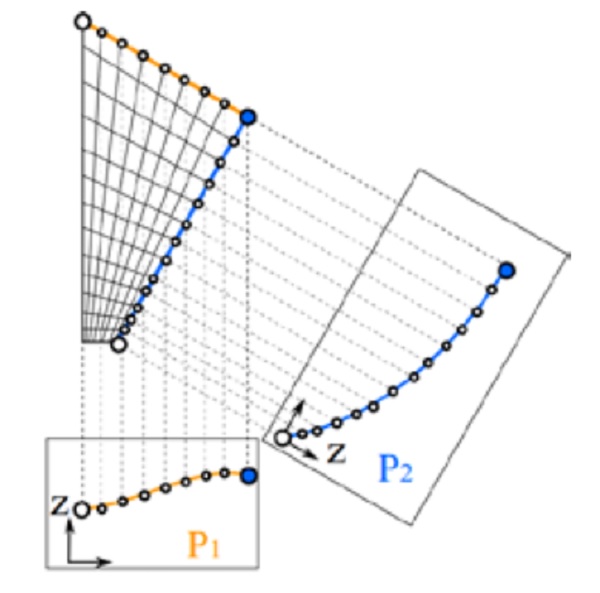
Finally, the authors propose to generate gridshells with planar facets with the marionette technique and to explore the resulting design space by the means of multi-objective optimization.
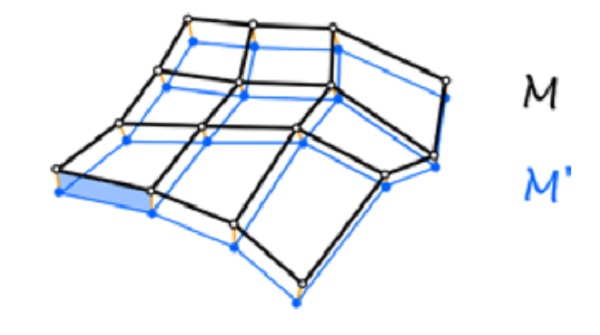
The results of the study show that our framework for shape modeling has similar performances as more usual frameworks, like NURBS modeling, while maintaining the facet planarity.
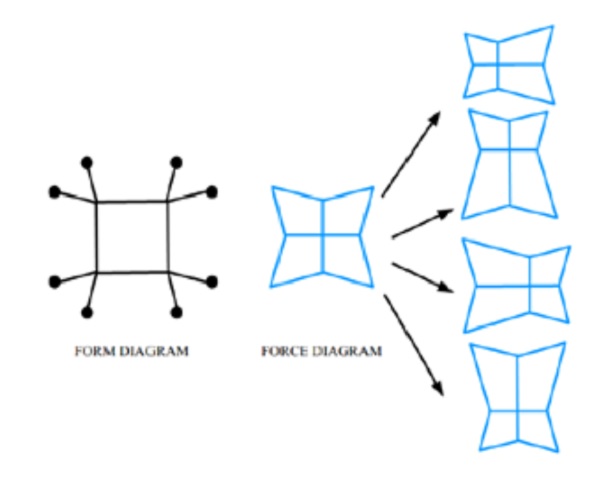
The construction of doubly curved structures is characterized by the compromise made by the architect and the structural engineer between the respect of design intent, the structural reliability and the constructability of the envelope and structure.
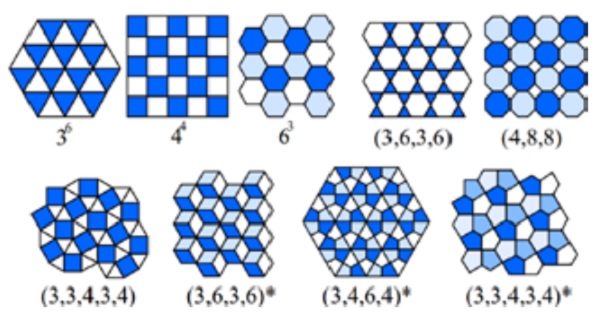
This interaction between technology, structure and geometry is the purpose of structural morphology. Such interplay is particularly important in the case of glazed gridshells, where structural pattern and envelope are strongly interdependent.

Jörg Schlaich and Hans Schober identified the planarity of glass panels as one of the key aspects in the economy of gridshells and proposed surfaces of translations and scale-trans surfaces to generate gridshells with planar quadrilateral facets.
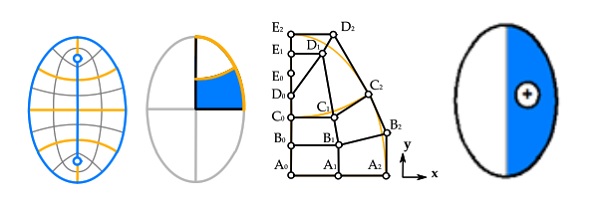
The second key technological constraint, represented in Figure 1, is to build with so-called torsion-free nodes, to fabricate planar beams whose planes of symmetry intersect a common node axis. Such configurations cannot be obtained for triangulated gridshells, besides “trivial” offsets (e.g. extrusion of the sections in the vertical direction). On contrary, quadrilateral meshes can yield non-trivial offsets, where the nodal axes are close to the normal vectors of the underlying smooth surface.
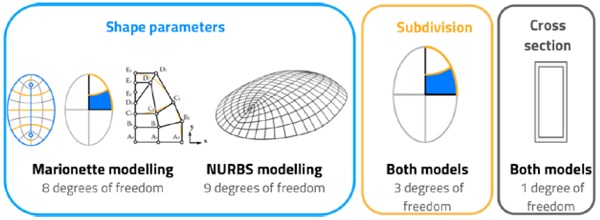
The design of doubly-curved structures challenges architects, engineers and builders. Usual grid patterns, like triangular and quadrilateral patterns for gridshells are well understood both in terms of constructability and structural performance.

This article proposed a methodology to assess and explore design spaces offered by non-standard patterns. First, the authors proposed simple metrics to evaluate the dimension of the design space with different fabrication constraints.
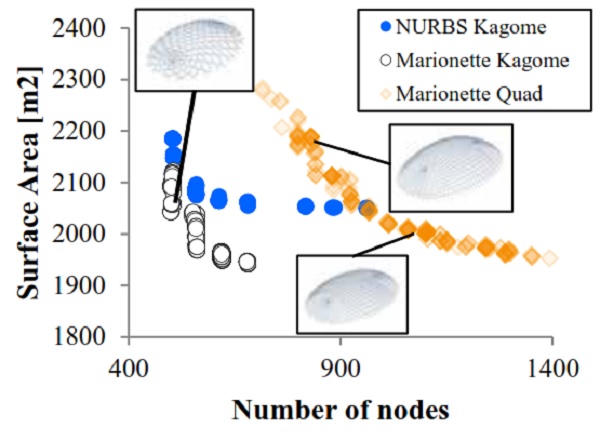
Second, the marionette technique is proposed to generate nonstandard patterns with planar facets. Finally, the multi-objective optimization of gridshells with planar facets was proposed.
These tools of increasing complexity could be used in different design stages, and provide the designer with a growing understanding of the design he or she is proposing.

String Art Generator by Yiran is a grasshopper plugin which generates a string art sequence based on an input image. You can

This paper by Alessandro Liuti, Sofia Colabella, and Alberto Pugnale, presents the construction of Airshell, a small timber gridshell prototype erected by employing a pneumatic formwork.

In this paper by Gregory Charles Quinn, Chris J K Williams, and Christoph Gengnagel, a detailed comparison is carried out between established as well as novel erection methods for strained grid shells by means of FE simulations and a 3D-scanned scaled physical model in order to evaluate key performance criteria such as bending stresses during erection and the distance between shell nodes and their spatial target geometry.

In this paper by Frederic Tayeb, Olivier Baverel, Jean-François Caron, Lionel du Peloux, ductility aspects of a light-weight composite gridshell are developed.
Parametric Ideas for Architects @2025